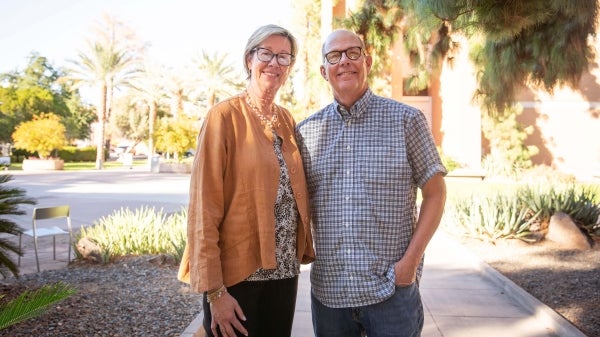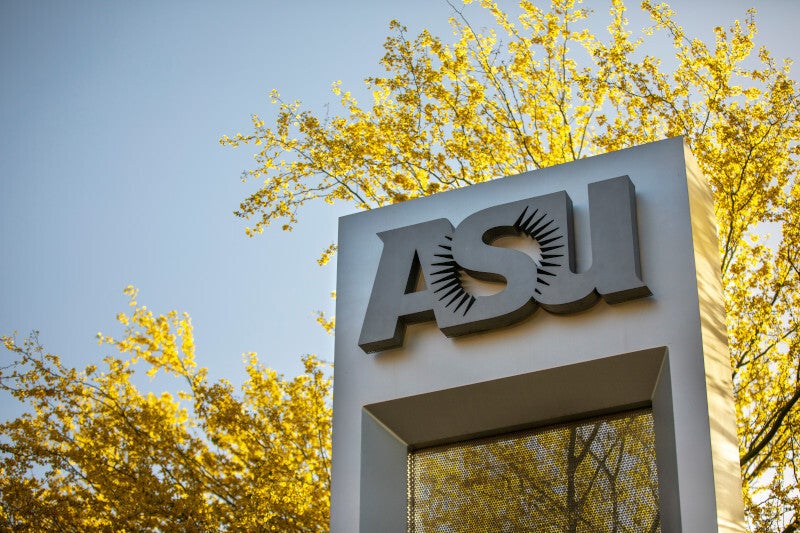Geologist to discuss Chicxulub crater, what it tells us about Earth in ASU Shoemaker lecture
By any measure, the asteroid impact on the Yucatan Peninsula some 66 million years ago was huge. The asteroid was estimated to be 6 to 9 miles wide. The impact crater it left behind is nearly 125 miles wide. It is estimated that the impact caused a worldwide climate disruption that resulted in the extinction of 75 percent of life on Earth at the time including all non-avian dinosaurs. It forever changed the course of life on Earth.
While this event happened several millions of years ago, we are still learning from it.
Sean Gulick, a research professor at the Jackson School of Geosciences at University of Texas, Austin, and a leader in studying the impact crater at Chicxulub, will talk about what has been learned so far in the 2017 Shoemaker Memorial Lecture at 7 p.m., Tuesday, Oct. 17 at the Marston Theater on ASU’s Tempe campus. Gulick’s presentation, titled “Life and death by impact: Drilling for clues,” will focus on his recent work in analyzing drilled cores from the Chicxulub crater.
Gulick says that the cores have provided clues on the effects of the impact on Earth and glimpses into the extinction that resulted. They also address what life came back first and can help us learn about how the impact shaped Earth’s ensuing environment.
“We want the audience to understand what the impact crater process was,” Gulick said of his talk. “It’s magnitude, in terms of the effects in a physical sense and in terms of impact cratering being the dominant resurfacing process of most planets.”
Gulick said researchers have already learned dozens of things from the cores, like which impact modeling processes are correct and how quickly life comes back after such a dramatic event. He added that what is learned is also applicable today.
Noting that the asteroid significantly altered Earth’s atmosphere, kicking up significant amounts of volatiles like carbon dioxide and sulfur dioxide, it provides a cautionary tale.
“We are now in the middle of an experiment where we are releasing an enormous amount of volatiles into the atmosphere and it is instructive that that appears to be one of the best ways to cause a mass extinction — to fundamentally change the atmosphere for a short period of time.”
More Science and technology

Alum's journey to leadership shows the power of lifelong learning
In 1976, Kathy King was among a minority when a high school teacher advised her to pursue chemical engineering at Arizona State…

3 ASU faculty members earn highest honor for early-career scientists, engineers
Three faculty in The College of Liberal Arts and Sciences at Arizona State University have been awarded the Presidential…

The Polytechnic School at ASU hits milestone mark at 10 years
The year was 2014.Taylor Swift released “1989.” "Frozen” and its soundtrack were stuck in the minds of many.Facebook was…